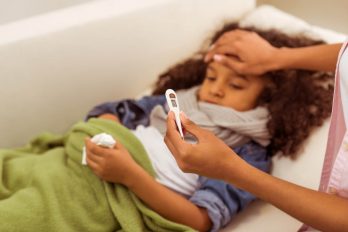Vaccines have become a hot topic for many parents, with some fighting vigorously for their cause while fiercely opposed to the other side. As flu season rolls around again this year, parents find themselves faced with the question of whether or not the flu or influenza vaccine is safe, necessary, and the right choice for their children. While this vaccine may not raise the same questions that other common vaccines, such as the MMR shot, raise, it still deserves your consideration.
Is the Flu Vaccine Safe?
One of the biggest questions for parents is whether the flu vaccine is even safe. You should know that this vaccine cannot actually cause the flu, although it may cause some initial symptoms of soreness or fatigue for the first day or two. Getting this vaccine is far safer than testing your luck and hoping that your child does not get influenza, which could lead to days of fierce illness and could even land him in the hospital.
Should Children Get the Flu Vaccine?
You may think that the flu vaccine is only important for elderly adults who have weakened immune systems. However, keep in mind that your child’s immune system is not nearly as strong as yours is and that children who come down with influenza often have serious symptoms.
Is There Anyone Who Should Not Get the Flu Vaccine?
Almost all children should and will be able to get the flu vaccine this year. However, you should always have an open conversation with your pediatrician regarding any concerns you may have about the shot. There are a few sub-groups of children who may not be able to have this vaccine, including those who have had severe reactions to the flu vaccine in the past and those who are actively ill.




